15 Water Facts To Dive Into
Go with the flow and have a slurp on these refreshingly interesting science facts all about water!
You might not have given it much thought, but water is almost certainly your favourite chemical molecule. Without it there’d be no plants, no animals, and definitely no ice cream. So read on to find out what water is, where it comes from, why it’s important – and what some of the wettest places on Earth are!
For more amazing science facts check out these chemistry facts, these electricity facts, or even these Isaac Newton facts!
Ready for some science? You’d better be!
1. But what is water?
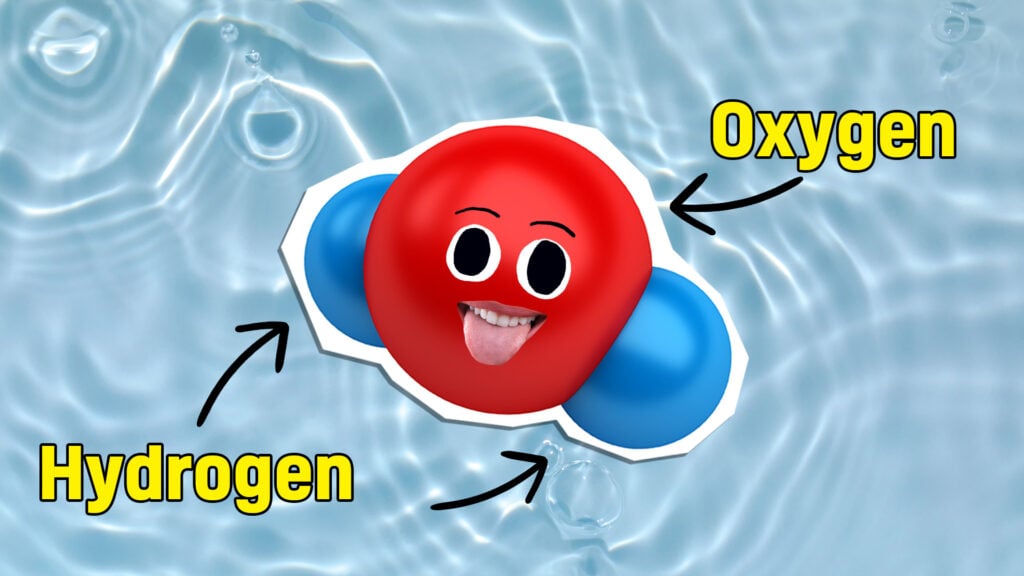
Water is a molecule – which means it’s a few atoms stuck together. Water has a chemical formula of H₂O. This means each water molecule is made up of two hydrogen atoms attached to one oxygen atom. The way these atoms work together gives water its amazing abilities – like being able to dissolve stuff, its high surface tension, and its solid form (ice) being less dense than its liquid form. But more on that in a minute!
2. A moist mystery
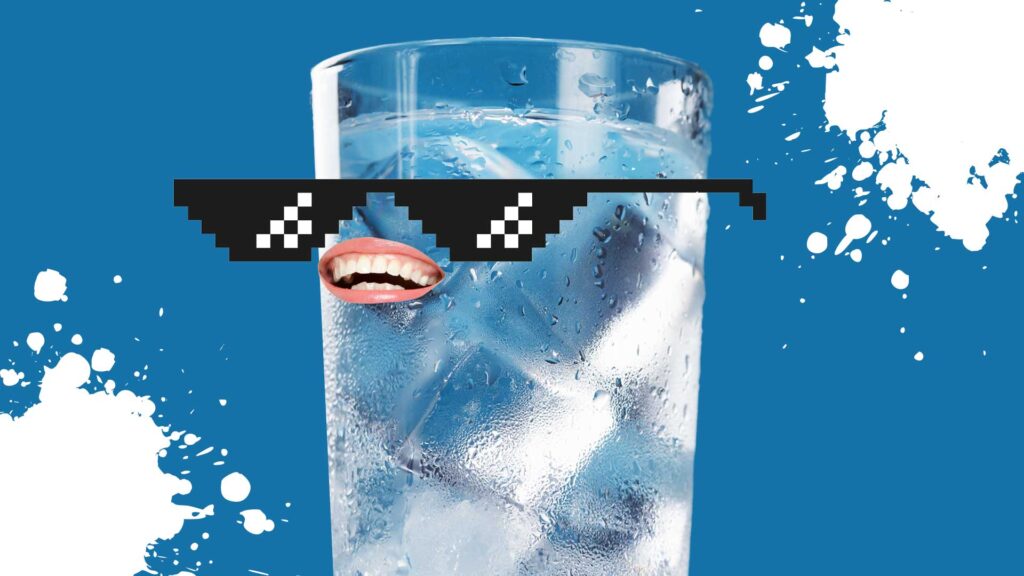
Scientists still don’t fully understand some of the things water does. For example, water gets bigger when it freezes, which is unusual for a liquid. But this has been really important for life on Earth, as it means that ice floats on liquid water. This creates lots of habitats for animals in polar regions, and it keeps the water below it a bit warmer. This keeps the oceans working, and is really important for life on Earth!
3. How to make water
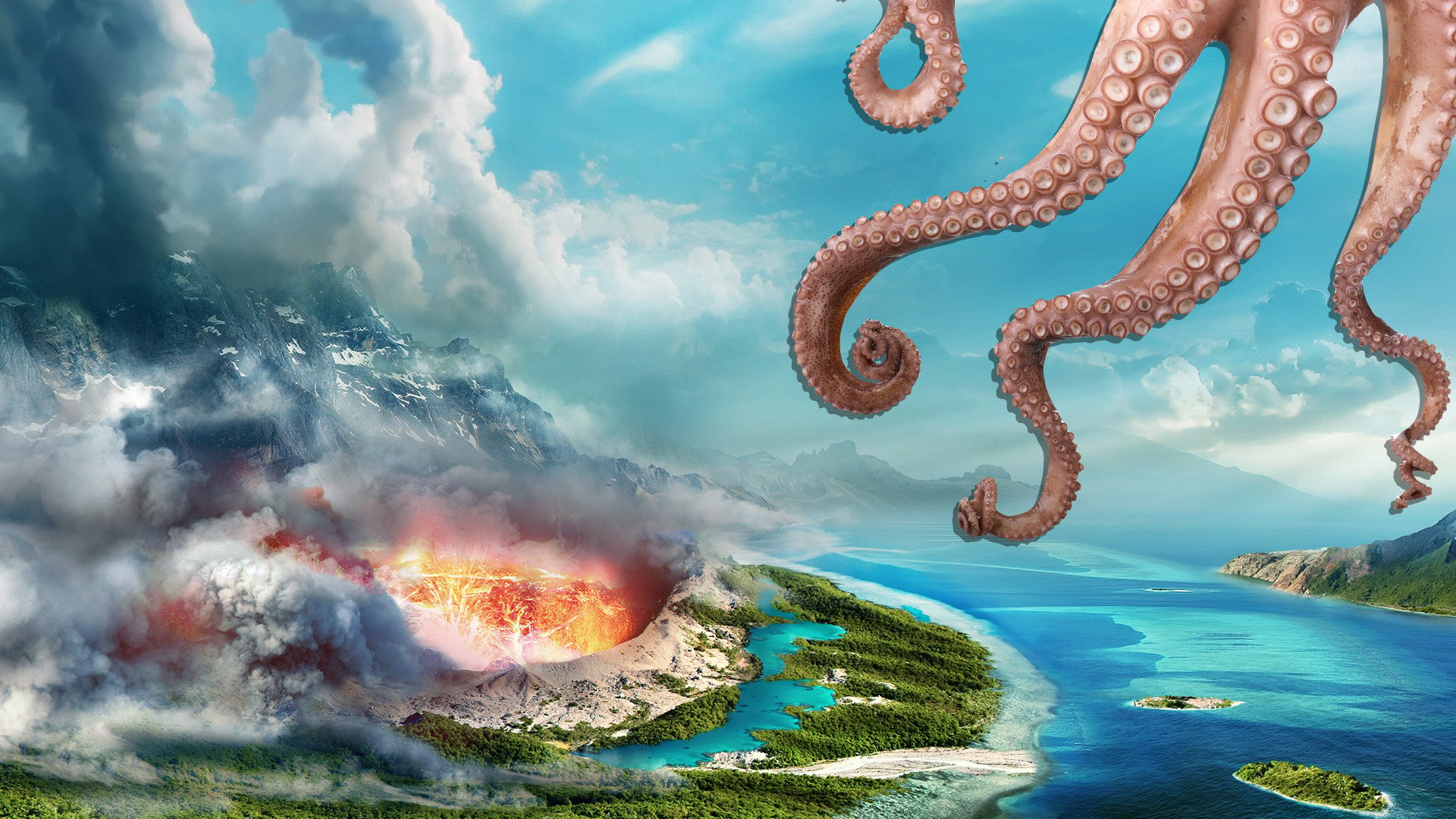
Water forms when hydrogen and oxygen combine. This can happen in a few ways, including through chemical reactions in the atmosphere. When hydrogen and oxygen combine, it basically makes rocket fuel! The mixture of these two gases is really explosive, and when it lights up, it explodes and turns into liquid water! Lots of water on Earth is thought to have come from volcanoes or even from comets during the planet’s early history.
4. Life juice

Water is vital for all known forms of life. This means no water = no life. Every cell in our body uses water to carry out essential functions, from digesting food to moving muscles. It keeps things moving, keeps a normal temperature, and is how nutrients move around the body. Maybe there are aliens out there that don’t need water – but everything we can see so far tells us that water is an absolute MUST HAVE for any living thing.
5. Water in outer space
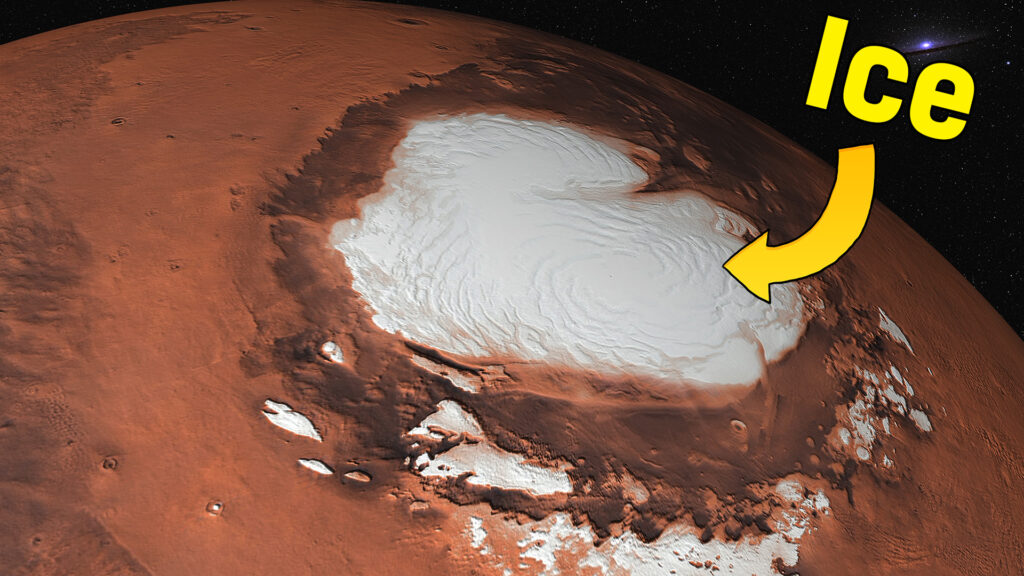
Water isn’t just an Earth thing; it’s found throughout our solar system and beyond. There’s ice on Mars, Europa (a moon of Jupiter), and Enceladus (a moon of Saturn). In 2021, scientists confirmed water vapor in the atmosphere of the exoplanet K2-18b, sparking excitement about the possibility of extraterrestrial life. In fact, looking for water is one of the first things scientists do when they’re hunting for aliens.
6. Don’t forget to drink your greens!

Some foods are REALLY high in water content. Cucumbers and lettuce, for instance, are about 95-96% water. Watermelon (unsurprisingly) is also pretty wet – around 92% water. These foods help keep us hydrated, especially when it’s hot! So stock up on those fruits and veggies!
7. Wet animals

Many animals are mostly water. Humans are about 60% water, but jellyfish are even wetter – they’re around 95% water! Being this wet helps these animals hold their shape and in their aquatic environments. They mightbe squishy, but jellyfish can still handle the pressure of deep water! On the subject of that…
8. Record-breaking water!
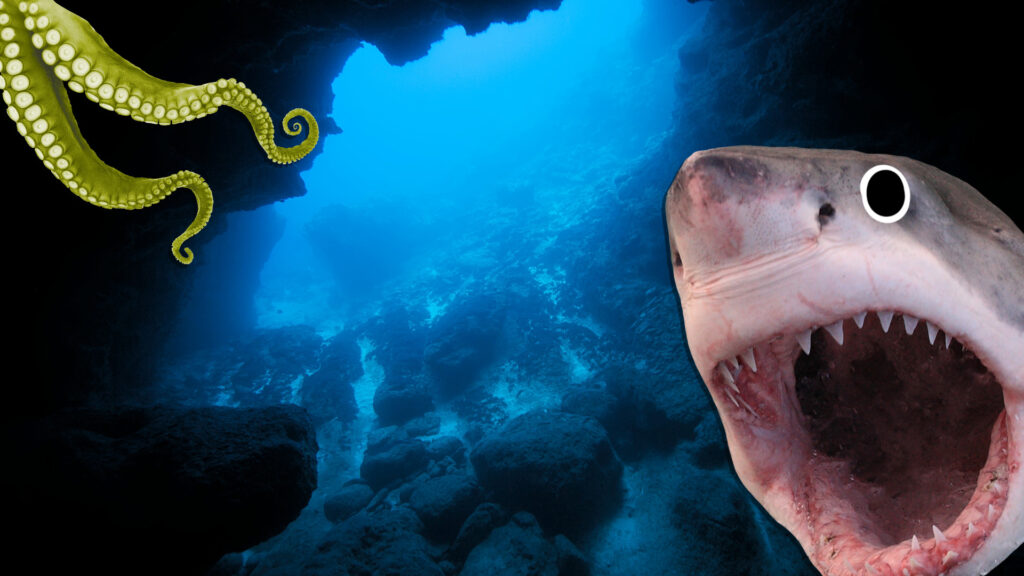
The deepest point in the ocean is the Mariana Trench, which reaches about 36,000 feet (11,000 meters) below sea level. You could fit the whole of Mount Everest in there and it wouldn’t poke through the surface! The largest ocean, the Pacific, covers more than 63 million square miles, making it larger than all of Earth’s land areas combined. So yeah, there’s a lot of water on Earth.
9. Ice and snow
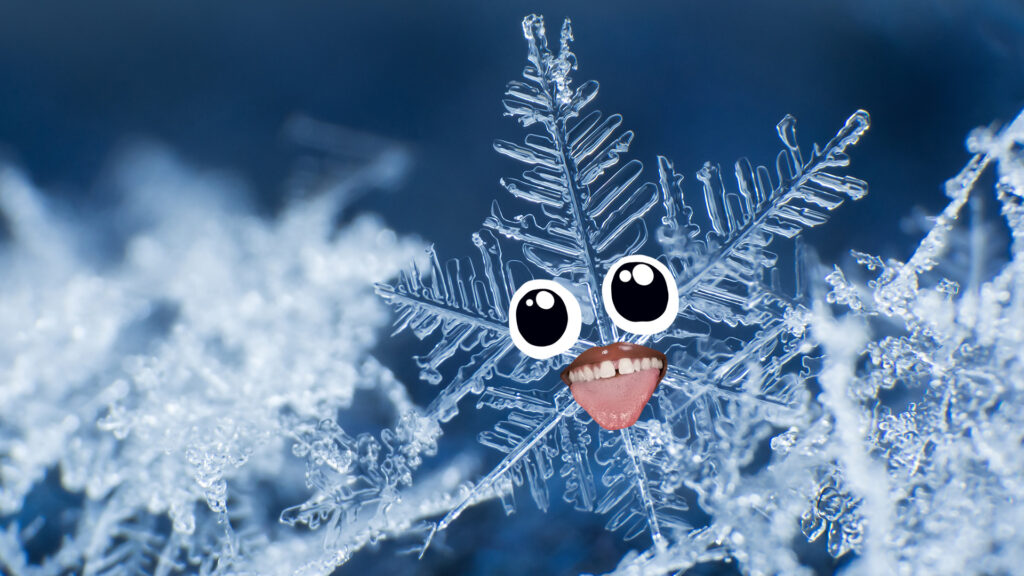
Let’s not forget about ice and snow – they’re also water! Every snowflake is unique, forming complex crystal patterns as they fall to the ground. As for ice, it’s an important feature of Earth’s geography, and includes glaciers! Glaciers are massive, slow-moving rivers of ice, and they store about 69% of the world’s freshwater.
10. Steamy AND icy
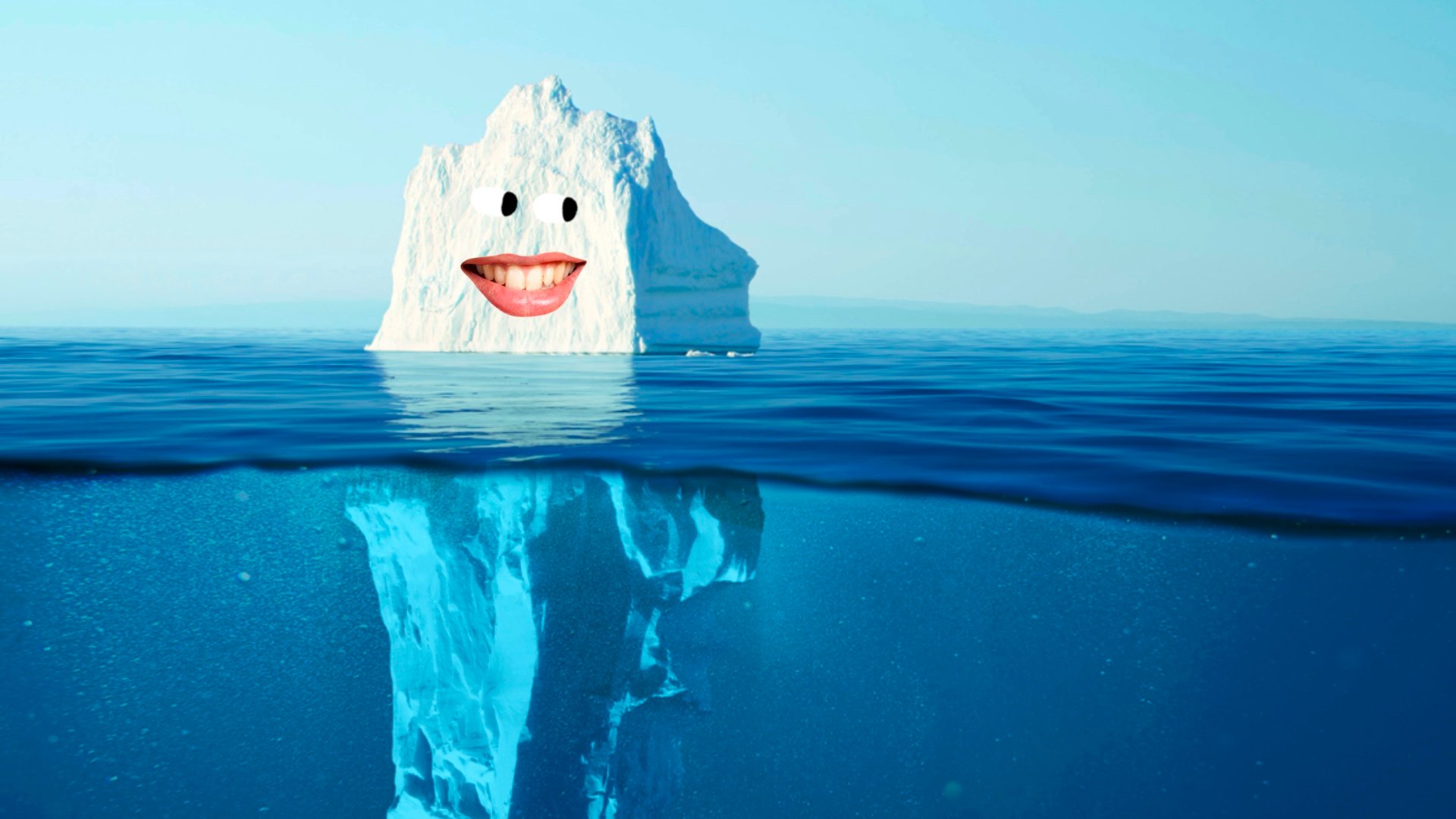
Water is the only thing on Earth that exists naturally in all three states: solid, liquid, and gas. The reason is pretty science-y: it’s all due to the atoms that make it up (H2o) and the way they stick together which make water do different things at different temperatures and pressures.
11. Feel the tension
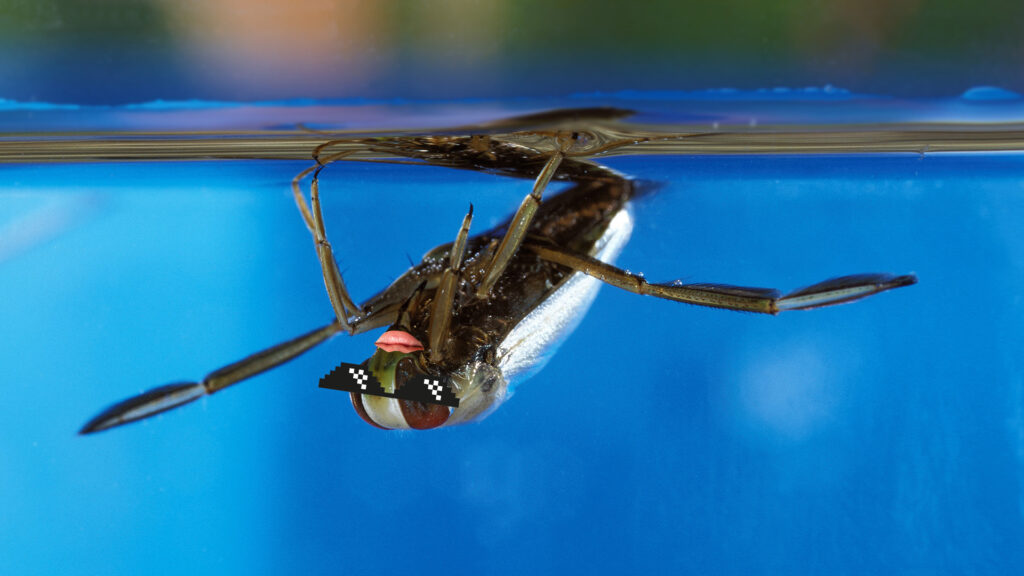
Water has what’s called “high surface tension”. This means that small things can stick to the surface of water. This allows small insects, like water boatmen, to walk on water without sinking. Imagine being able to do that! It’s also how water droplets form!
12. The water cycle
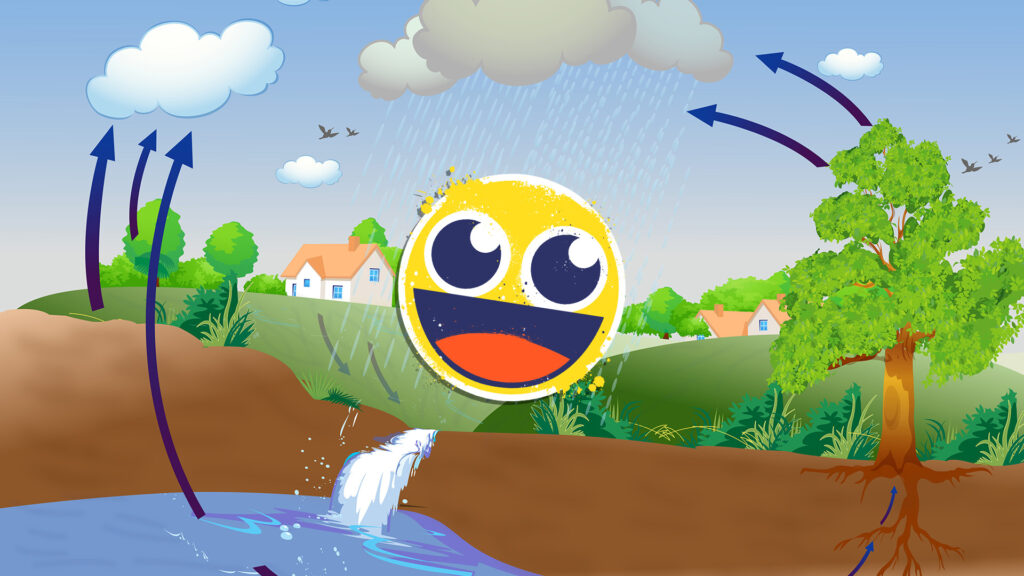
Water is constantly moving around the Earth, in what’s called the water cycle. The sun heats up liquid water and turns it into vapour. This is evaporation. In the atomsphere it cools down and turns intoi clouds (condensation), and finally rains back down somewhere else (called precipitation). This cycle moves water around the globe, allowing ecosystems to form and keeping us humans nicely hydrated!
13. The colour of water

Pure water is actually slightly blue, although it appears clear in small quantities. This blue tint becomes more noticeable in lots of water, like oceans and lakes. The blue tint comes from the way that water absorbs all the other colours, meaning it reflects a bit of the blue back into our eyes.
14. Thirsty thirsty cows
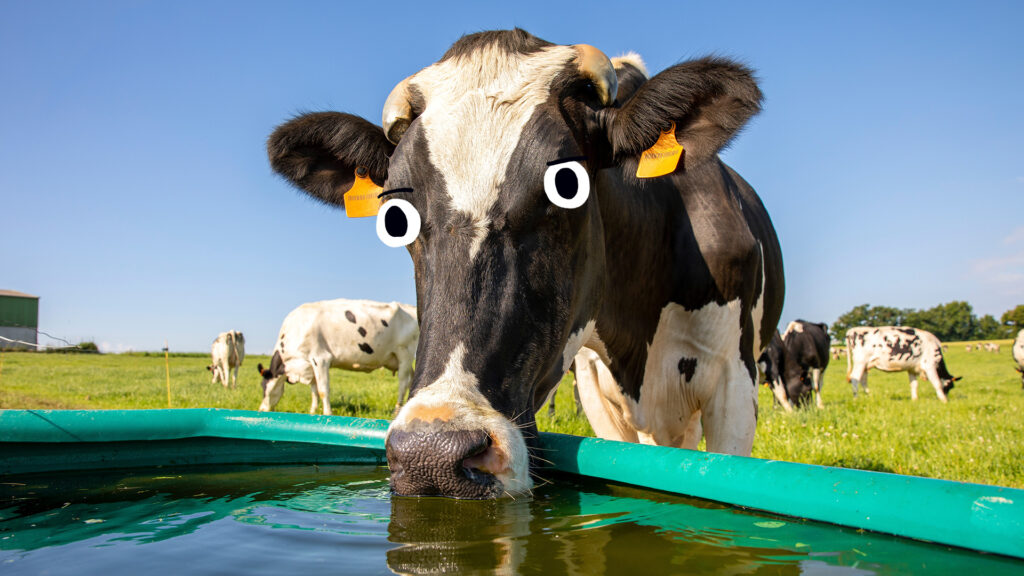
It takes a surprising amount of water to produce everyday things. For instance, producing 450g of beef requires about 1,800 gallons of water, when you include the water needed to grow the feed for the cattle and for them to drink. Textiles also take up loads of water resources – so we should try not to waste stuff!
15. Enough to go around

Despite water being everywhere on Earth, only about 1% is drinkable freshwater. Much of it is locked up in glaciers and ice caps or deep underground. This scarcity is a problem for many regions, which means it’s really important that we all work together and that countries share access to water. There is enough to go around – we just need to share!















